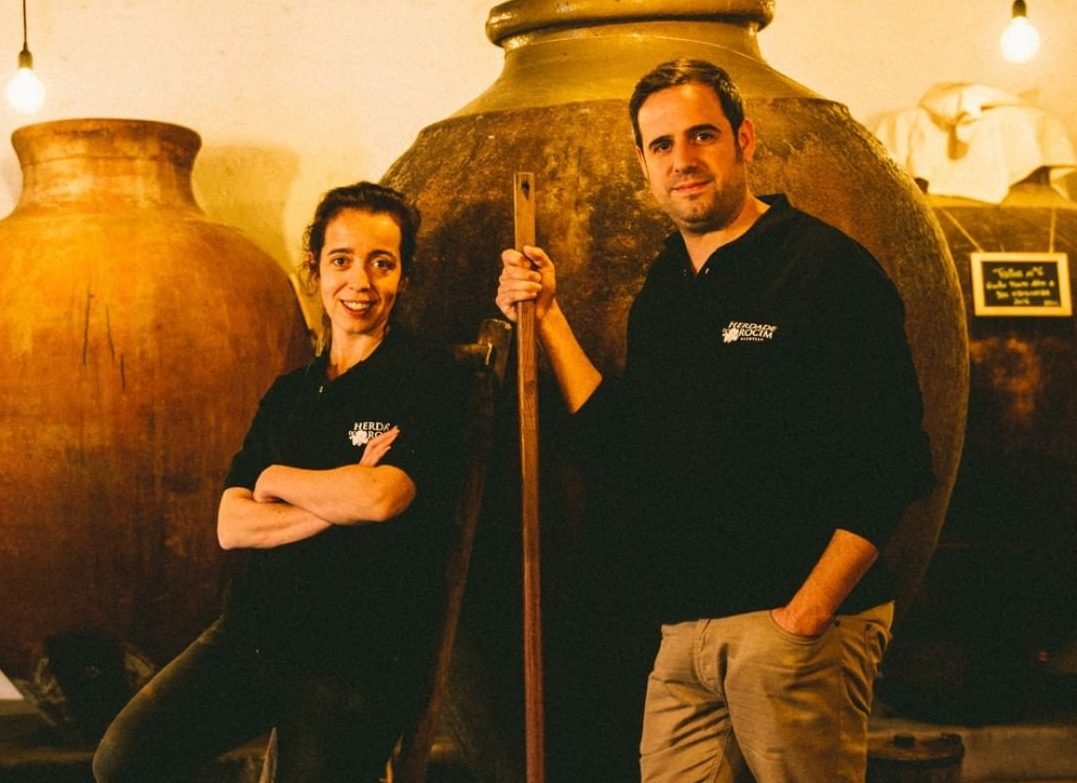Jones is not fully convinced that the ‘Ancient Wines’ are in the same league as the Old and New World, but is blown over by Loire’s Chenin, some superstars from Gerard Bertrand, and enthuses about reds from Chile and Marsanne from Australia.
Hosted in the very convenient Vinoteca in Marylebone, a short walk from Paddington this was suitably important to Hallgarten that all their key players and PR team were on hand including Beverly Tabbron MW, Jim Wilson and Steve Daniel together with their MD, Andrew Bewes to showcase these wines to a select press gathering.
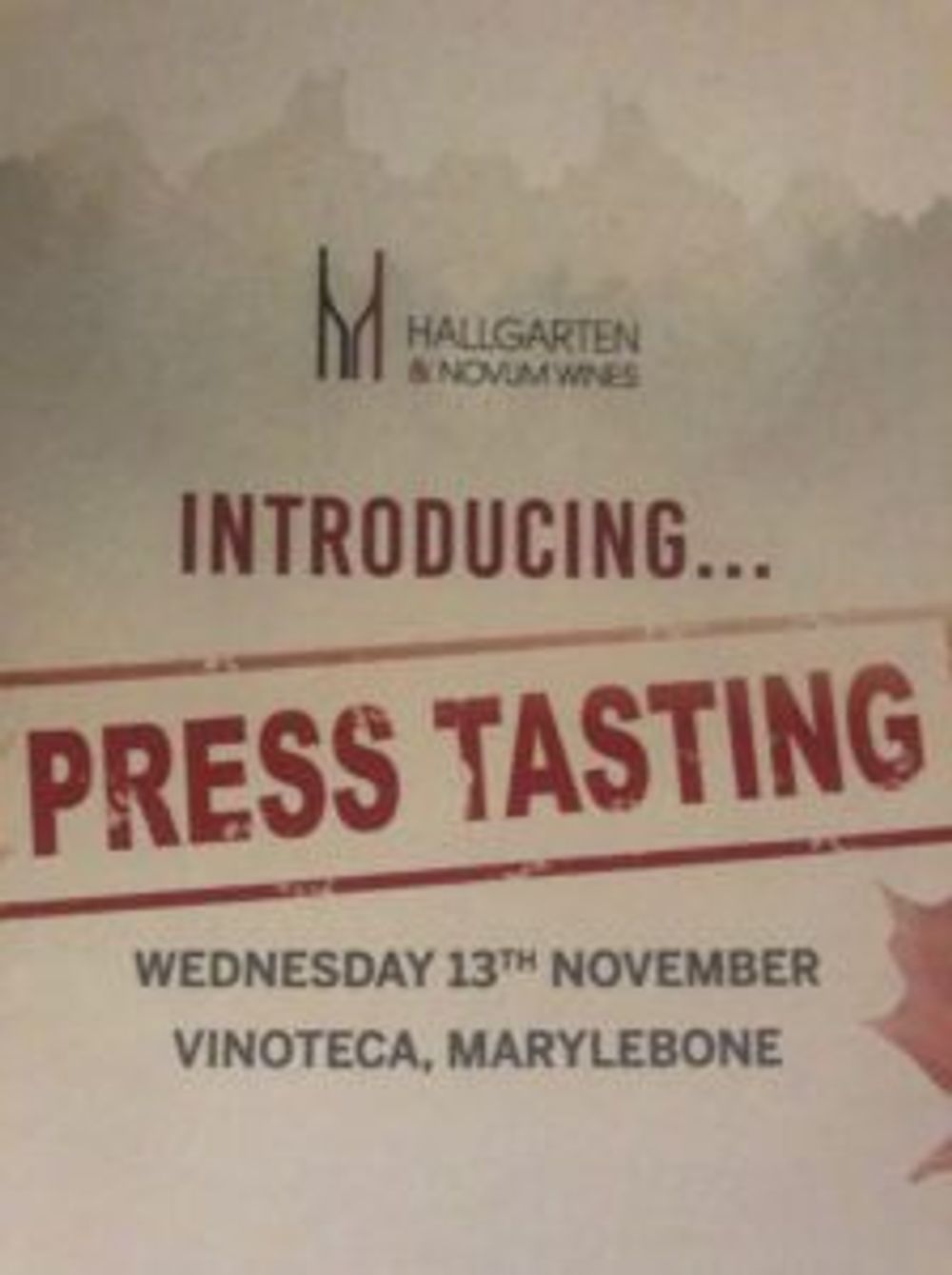
As a restaurateur I am always keen to see new wines and new styles, even if ‘orange’ wines are not my scene we need to keep enticing consumers through that door and allow them to make their own decisions. Therefore I was open minded about the context of ‘Ancient’ wines and happy to dig in and taste these artefacts.
Although I had studied Latin in school, Armenian (Russian also spoken here) and Georgian (which has its own script) were not offered in my curriculum; therefore I for one was going to have a hurdle with the labels and words.
One of the most important ethos of looking after customers in a restaurant is to put them at ease not to challenge them, therefore the easier the wine is to pronounce the more relaxed the customer will feel in ordering the wine. However, putting the language issue aside, how were these ‘Ancient Wines’?

Armenia
ArmAs, Voskehat 2018, Aragatsotn Province, Armenia 13.5%
ArmAs, Voskehat Reserve 2014, Aragatsotn Province, Armenia 14%
The Voskehat grape that these wines are made from is the main white variety of Armenia and is translated from “The Golden Seed”– its hardy skin can cope with the hot summers and very cold winters.
The 2018 was bright, fresh, clean with some citrus finish, a pleasant easy drinking wine whilst the Reserve 2014 had, of course, more structure some tropical fruit, spiced herbaceous flavours but to me lacked some acidity at the end.
ArmAs, Karmrahyut Reserve 2013, Aragatsotn Province, Armenia 13.5%
Made from the Karmrahyut grape, this has great depth and is a balance between savoury and fruit, like an old Australian Grenache, there is sage and rosemary intermingling with dark ripe strawberries.
Georgia
Vachnadziani, Rkatsitelli, NV, Kakheti, Georgia 13%
This excellent value white wine made from the Rkatsiteli grape showcases a fresh bright wine, floral and creamy. It is fresh, zippy, full of citrus flavours and delicate soft finish. A cross between Loire Sauvignon Blanc and Riesling.
Vachnadziani, Krakhuna, 2018, Imereti, Georgia 12.5%
Dry and focused, more of a young Semillon style, some pink grapefruit, apricots, honey, savoury and herbaceous, focussed.
Vachnadziani, Mtsvane, 2018, Kakheti, Georgia 12.5%
Made from the Mtsvane, which is also used for the local sparkling wine production, this is dry to begin with then opens up to a silky long herbaceous body that has a basket of wild flowers, honey and spice with a pleasant crisp finish.
Vachnadziani, Saperavi ‘Classical’ 2016, Kakheti, Georgia 14%
Georgia’s most popular red grape, Saperavi, generally produces dark wines. This is a luscious, rich and textured inky wine, balancing savoury, spices and dark fruit together, a fabulous rich velvety nose. Hints of Cabernet Franc with age or a classic Lebanese red, this is excellent and great value retailing just over £10.
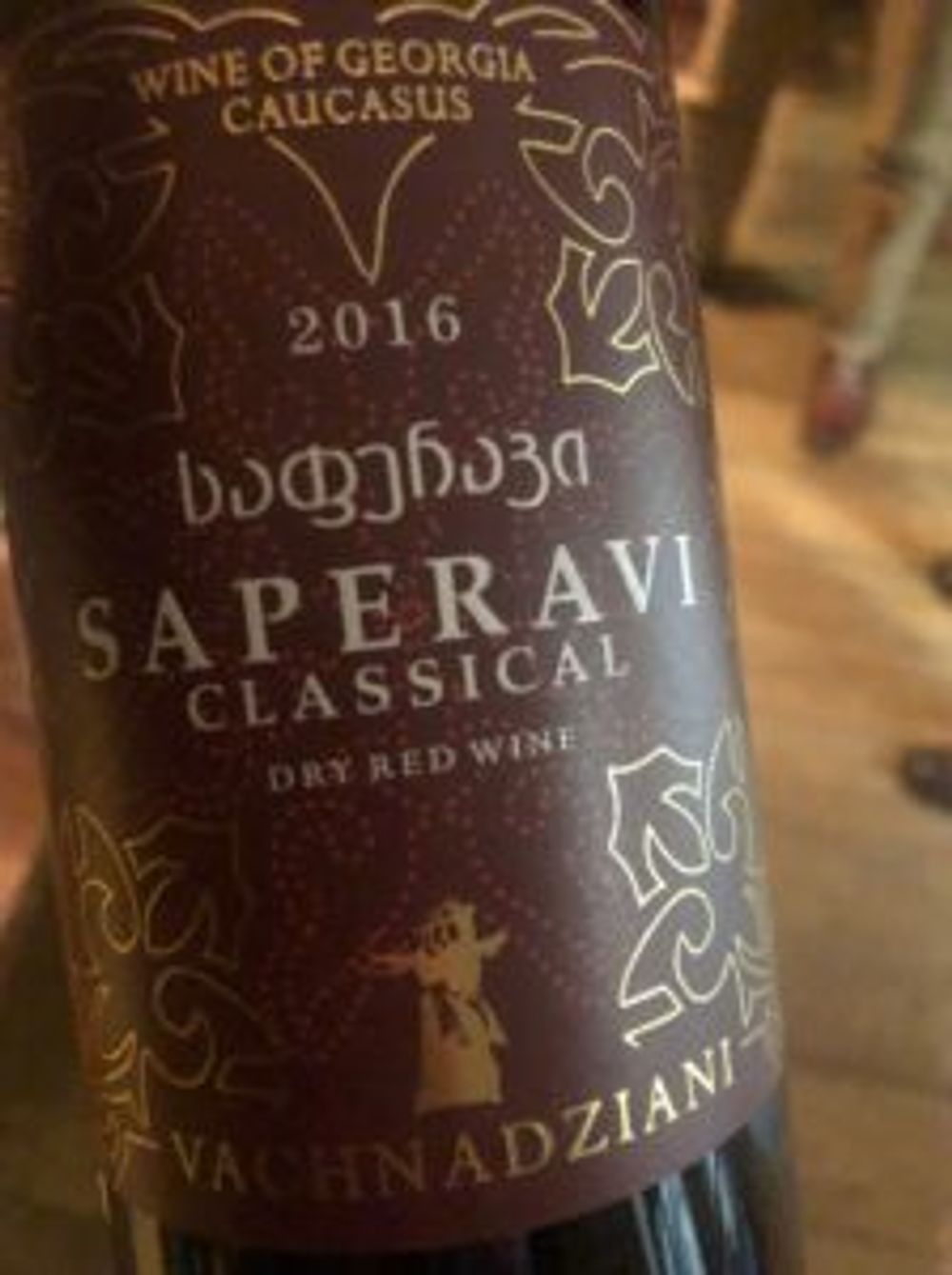
The tasting then took a marked swing upwards…
Overall an interesting selection but unfortunately the quality then took a marked swing, upwards and beyond, which made the ‘Ancient Wines’ look second tier, but just as in sport it is important to put the minnows against the top performers to showcase and improve their strengths.
Loire
Louise Chereau, Muscadet, ‘Katharos’ 2018, 12.5%

A natural wine with no colour, so we don’t have to call it an ‘orange’ wine, a Muscadet but not as we know it. With Muscadet making a comeback, this slightly off the wall Muscadet brings a new meaning. Full and exciting, citrus and textured, raunchy and fun.
Domaine de la Rouletiere, Vouvray Sec ‘Les Calcaires’ 2018 12%
With South Africa having taken Chenin Blanc to a new level it is good to see the Loire hitting back, and this classic dry Vouvray highlights the perfection one can get from France, Focused, clean, but textured and layered with perfectly balanced fruit.
Domaine de la Rouletiere, Vouvray, Demi-Sec ‘Les Argiles’ 2018 12%
Pink grapefruit on nose, spiced and full flavoured on the palate, luscious and moreish, crying out for food.
Domaine de la Rouletiere, Vouvray, ‘Patrimoine’ 2015 12%
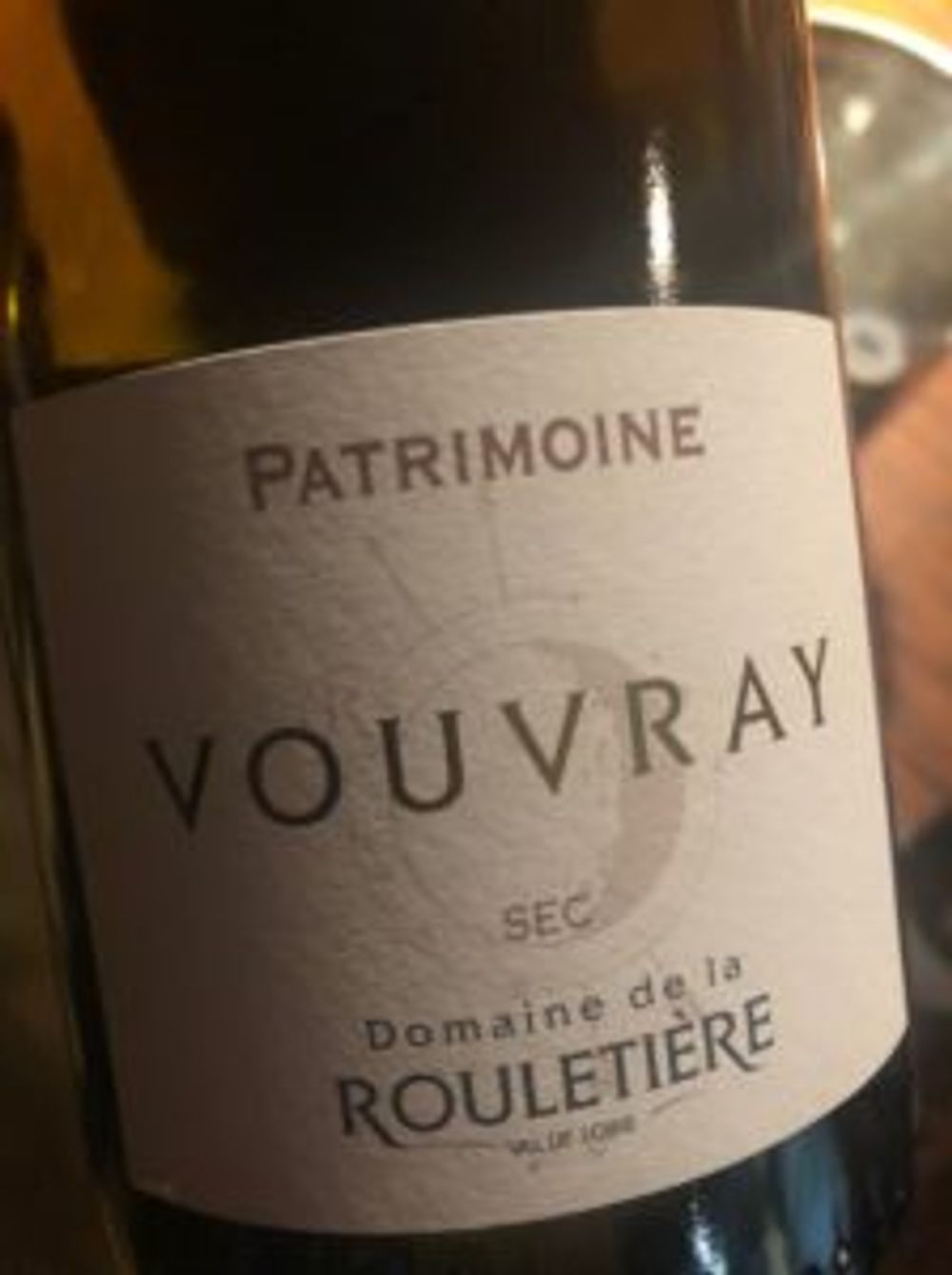
Just stunning, deep and focussed, layers and layers of rippling fruit, so pure, perfect curd zest, with a glorious Royal Jelly honeyed crust. Wow.
Domaine des Forges, Chenin Blanc de Loire 2018 13.5%
This has for a young wine a lovely textured depth, clean and focussed. Good balance it tastes expensive, which it is not.
Domaine des Forges, Savennieres ‘Le Moulin de Gue’ 2018 14.5%
Lemon, zesty, fresh and focussed. That wet stone from the perfect mountain stream, clean and refined, a beautiful Chenin showcasing elegance and class.
Languedoc-Roussillon

These three wines would be perfect for Christmas Day, start off with the Rosé with some smoked sturgeon and Siberian caviar, moving onto to Blanc La Clape with native lobster and the Vin Rouge La Clape with goose.
Gérard Bertrand, Château l’Hospitalet, Grand Vin Blanc La Clape 2018, 14.5%
Grapes are: Bourboulenc 40%, Grenache Blanc 30%, and Vermentino 30%, so I guess Steve Daniel thought that with Bourboulenc originally called by its ancient Greek name, Asprokondoura, it would fit in this tasting. Mostly now used in the making of Châteauneuf-du-Pape blanc this grape combined with the Grenache Blanc and Vermentino produces a mouth-watering perfectly balanced and layered wine of utmost quality and finesse. It is layered with perfect stone fruit that also gives out fresh acidity, there is a wonderful creamy balance, and then that lingering aftertaste that brings a glow across your face.
Gérard Bertrand, Château l’Hospitalet, Grand Vin Rouge La Clape 2017, 15.5%
Grapes here are Syrah 60%, Grenache 30% and Mourvedre 10%. What Gerard Bertrand’s team has achieved here just as in the white is the perfect balance, it’s not a shy wine with plenty of character from that perfect, pure balsamic flavour, touch of leather and cassis, dark precise clusters of berries, but overwhelmingly at the finish it is pure, clean and precise.
Gérard Bertrand Clos du Temple, Carbrieres, Rosé, 2018
It is on rare occasions that a wine stops you in your tracks, but this Rosé did, let me warn you that it retails above £200, but this still Rosé excels. Close your eyes and you are delivered a richly textured opulent white style of wine reminiscent of Grand Cru Montrachet with snippets of rose petals dancing on your palate refreshed by sublime perfect Antibes market stone fruit, and outstanding aromatics, such as tangerine zest. A wonderful experience made from four red grapes; Grenache Noir, Old Vine Cinsault, Syrah and touch of Mourvedre balanced with Viognier to give that fabulous aromatic complexity.
Australia
Tahbilk is famous for its aged and great value Marsanne, and I am sure many others will be printing glowing reports of these wines, what was interesting to me as I was not aware of it but the Tahbilk Marsanne Museum Release 2012 is made up of 91% Marsanne, but has 5% Riesling and 1% of the following: Chardonnay, Roussanne, Sauvignon Blanc and Verdelho. It is a lovely wine that defies its price, hopefully Hallgarten can get sales of this wine moving across the UK. I personally preferred the Tahbilk Marsanne ‘1927 Vines’ Nagambie Lakes 2012, 100% Marsanne which was quite exquisite.
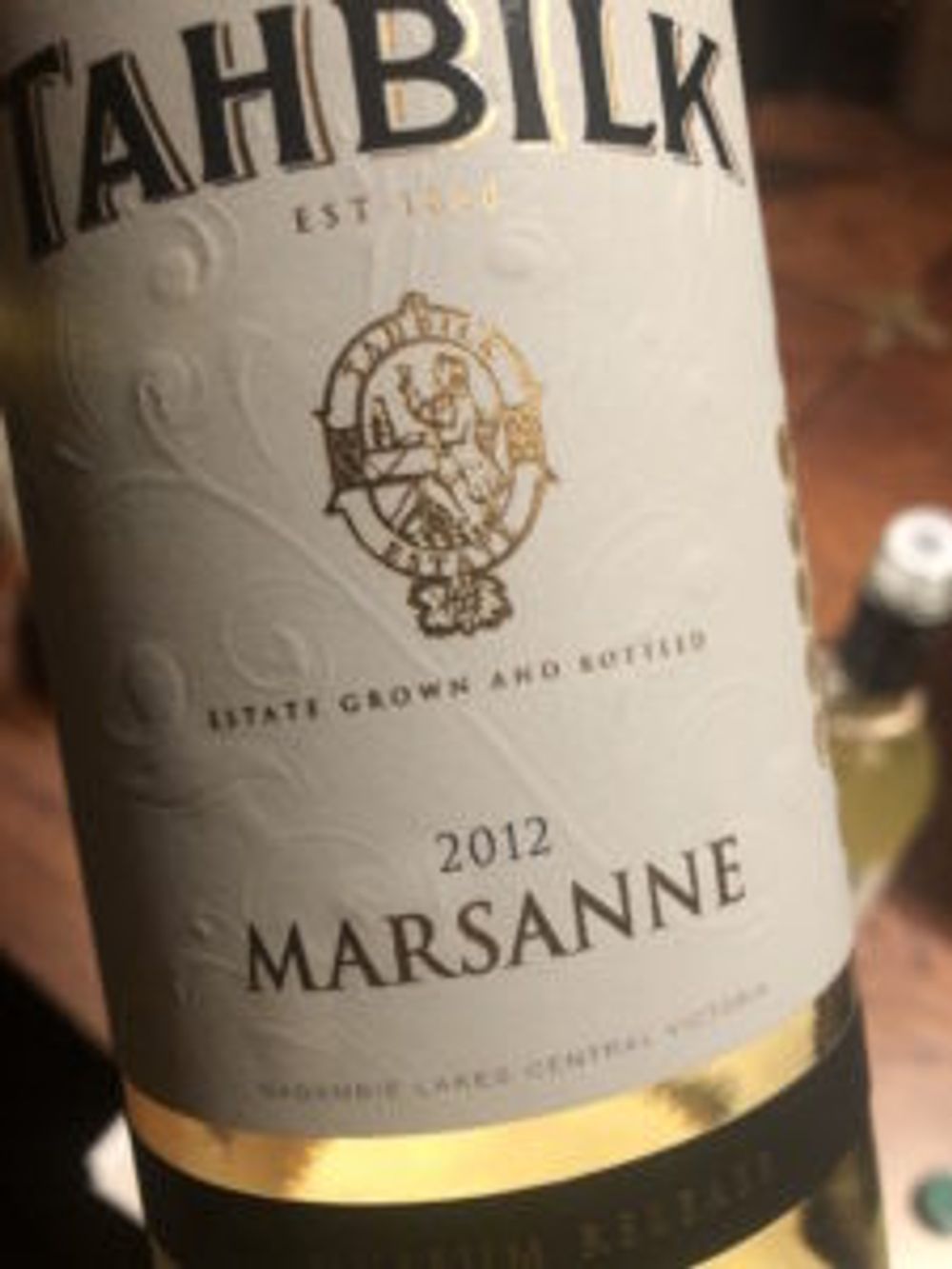
Chile
There was a good selection of top quality reds from this Chile producer, for a change my favourite was the cheapest; Undurraga Pinot Noir ‘Sibaris’ Gran Reserva 2017, Leyda Valley, 14%, In the style of Central Otago, big bacon flavours with dark red fruit balanced together, balanced well giving a silky finish.

I would also note the Cabernet Franc ‘TH’ 2015 which was quite feminine and beautifully structured whilst the Cabernet Sauvignon ‘TH’ 2017 was savoury and spiced, elegant and enticing with a clean precision to it.
